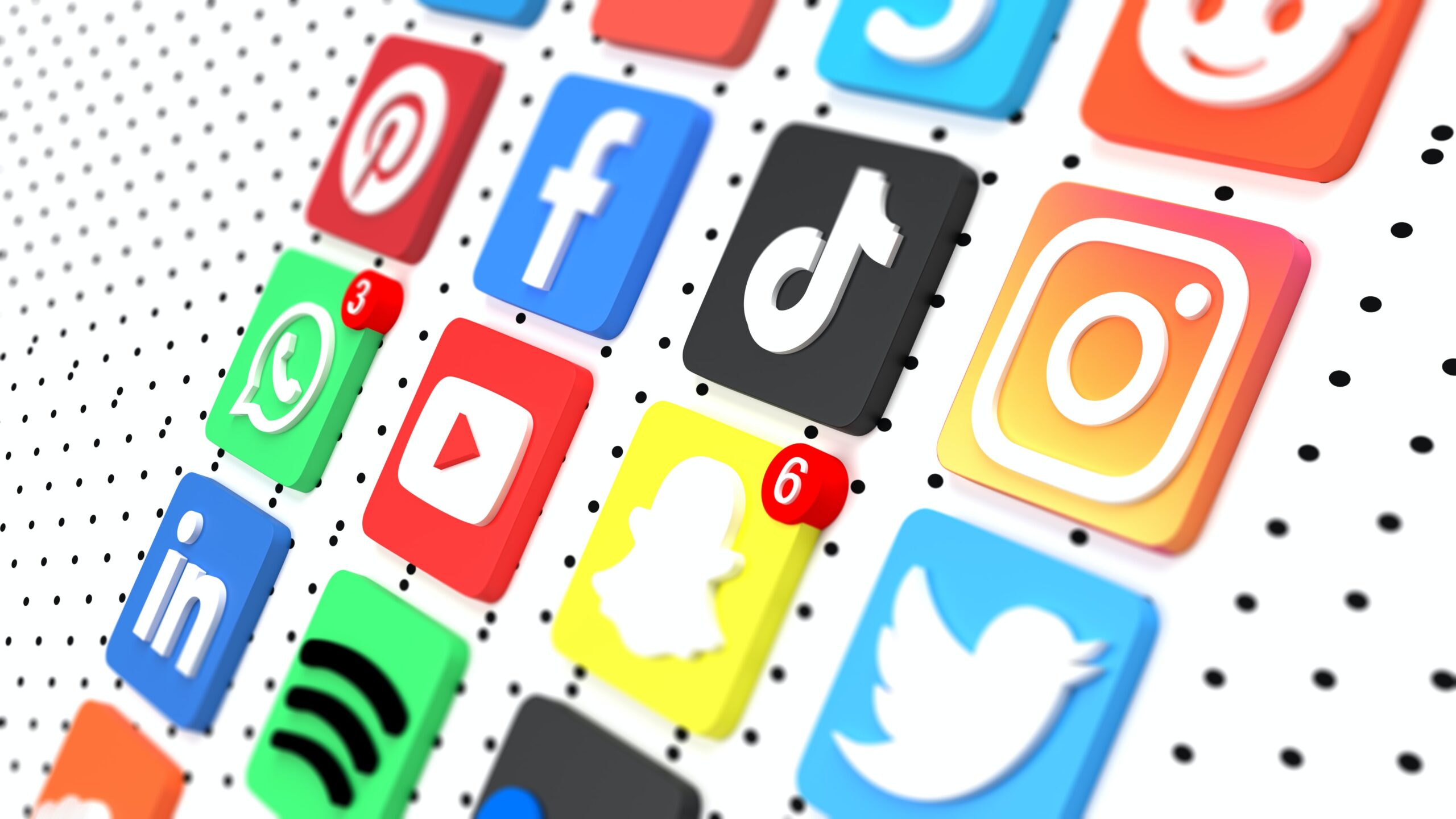There are several channels that can be leveraged in influencer marketing, depending on the brand’s goals, target audience, and the type of content that the influencers create. Here are some of the most common channels used in influencer marketing:
- Social media: Social media platforms such as Instagram, YouTube, TikTok, and Facebook are the most popular channels for influencer marketing. Influencers can create sponsored posts, videos, stories, and live streams to promote brands and products to their followers.
- Blogging: Bloggers can create sponsored blog posts, product reviews, and sponsored content to promote brands and products to their readers.
- Podcasts: Podcasters can promote brands and products through sponsored mentions, product reviews, and endorsements during their podcast episodes.
- Events: Brands can partner with influencers to attend and promote events such as product launches, trade shows, and sponsored events.
- Influencer takeovers: Brands can allow influencers to take over their social media accounts for a period of time to create and share content that promotes the brand or product.
- Affiliate marketing: Brands can set up affiliate programs where influencers receive a commission for every sale made through their unique affiliate link.
In summary, there are several channels that brands can leverage in influencer marketing, depending on their goals and target audience. Social media, blogging, podcasts, events, influencer takeovers, and affiliate marketing are some of the most common channels used in influencer marketing.
It’s important for brands to carefully consider which channels to use in their influencer marketing campaigns. They should select channels that are most effective in reaching their target audience, align with their brand values and messaging, and are appropriate for the type of content being promoted.
For example, if a brand is targeting a younger demographic, they may find that platforms such as TikTok and Instagram are more effective for influencer marketing, while a B2B brand may find that LinkedIn is more suitable. Brands should also consider the type of content being promoted and which channels are most appropriate for that content. For example, video content may be more effective on YouTube or Instagram, while longer-form content such as blog posts may be more suitable for a blogger or influencer’s website.
Moreover, brands should carefully select the right influencers to work with on each channel. Influencers should have a significant following, high engagement rates, and a target audience that aligns with the brand’s target market. Brands should also ensure that influencers have a genuine interest in and passion for their brand or product to ensure authenticity and credibility.
In summary, the channels used in influencer marketing should be carefully selected to ensure that they are effective in reaching the target audience and align with the brand’s values and messaging. Brands should also carefully select the right influencers to work with on each channel to ensure authenticity and credibility. By selecting the right channels and influencers, brands can create effective and authentic influencer marketing campaigns that resonate with their target audience.
Another important factor to consider when selecting channels for influencer marketing is the type of content being promoted. Each platform has its own unique features, and certain types of content may perform better on one platform than another.
For example, Instagram is a highly visual platform, making it ideal for promoting visually appealing products such as fashion, beauty, and food. TikTok, on the other hand, is known for its short-form video content, making it a great platform for promoting products that can be showcased in a creative and engaging way.
In addition to considering the type of content, it’s also important to consider the level of engagement and reach that each channel offers. While some platforms may have a smaller audience, they may offer a more engaged and targeted audience. For example, a niche blogger with a smaller following may have a highly engaged audience that is more likely to trust their recommendations.
Finally, brands should also consider the level of control they want to have over the content being promoted. Some channels, such as sponsored blog posts, offer more control over the messaging and content being promoted, while others, such as social media, offer less control and may rely more on the influencer’s personal brand and voice.
In summary, when selecting channels for influencer marketing, brands should consider the type of content being promoted, the level of engagement and reach each channel offers, and the level of control they want over the content being promoted. By carefully selecting the right channels, brands can create effective and authentic influencer marketing campaigns that resonate with their target audience.

